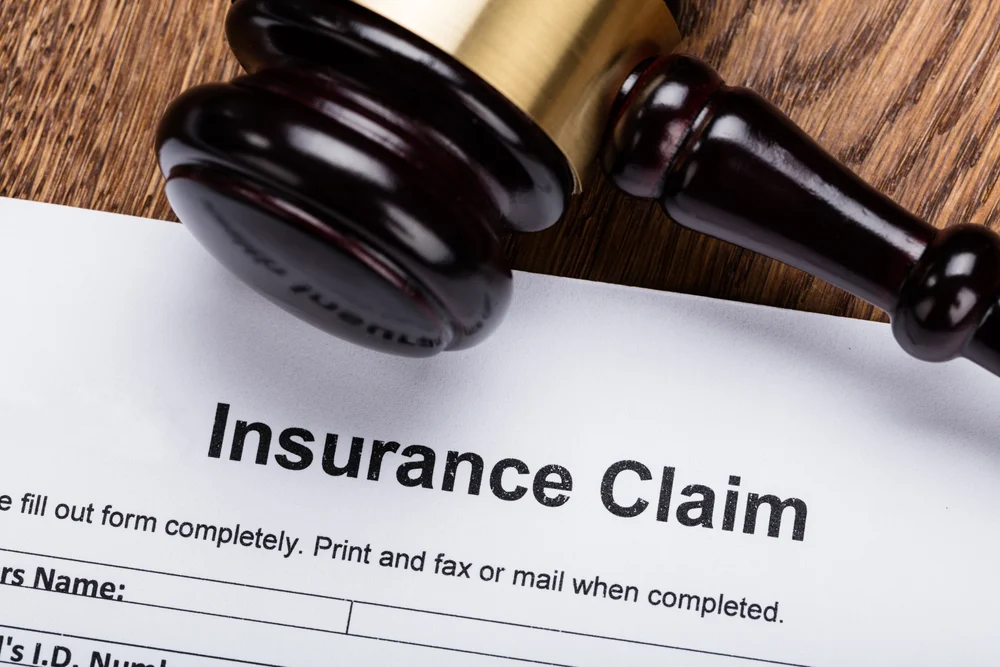Frustration quickly sets in when your insurance provider offers you a settlement offer that only covers half of the damage to your property. You’re looking at numbers that don’t add up, even though you expected fair pay. At this point, knowing what is a public adjuster becomes important to protecting your financial recovery.
The Gap Between Damage and Dollars
The main goal of insurance companies’ operations is to reduce payouts while keeping policyholder trust. Their full-time, properly trained adjusters review claims from a cost-containment viewpoint. They back lower payouts using cautious estimates, insurance exclusions, and depreciation plans.
In the meantime, you’re trying to understand complicated legalese, handling interim housing, and dealing with the emotional fallout from property loss. Policyholders lose thousands of dollars every day as a result of the unfair playing field.
Your Advocate in the Claims Arena
To solve this imbalance, public adjuster services are offered. These state-licensed experts never work for insurance companies; they only serve clients. Their goal is to record every dollar of damage you are allowed to collect under your insurance as soon as they set foot on your land.
The way damage is measured is where the differences begin. Quick walkthroughs are frequently carried out by company adjusters, who base their estimates on clear damage. Public adjusters use 3D documentation technology to provide lasting records of structural failures, drones to check roof damage without missing a single shingle, and thermal imaging to discover hidden water damage. This degree of accuracy takes a claim from an educated guess into a case backed by facts.
Beyond the Obvious: Uncovering Hidden Coverage
The majority of customers are unaware of the amount of coverage that is unused in their plans. For the simple reason that no one thinks to seek for them, extra living expenses, code update requirements, waste removal, and business interruption coverage frequently go unclaimed. Public adjusters are able to spot the value that others overlook because they read policies the way techs read engine data.
Think about a fire claim in which the HVAC system was affected by smoke. Duct cleaning may be allowed by a company adjuster. Under your policy’s contamination clause, a public adjuster records the whole system as contaminated and argues for replacement. Tens of thousands of dollars may be made from just one change alone.
The Negotiation Advantage That Changes Outcomes
Insurance talks are strategic meetings in which each line item is carefully examined. The detailed jargon used by insurance companies is also used by public adjusters. They file claims in forms that insurers accept, utilize industry-standard estimating tools such as Xactimate, and provide recorded proof to back each depreciation calculation.
When a public adjuster answers with $150,000 after a business adjuster gives $75,000, the difference isn’t due to hostility or chance. It’s getting ready. Photographs, contractor estimates, policy provisions, and even expert proof from engineers or specialists back each disputed dollar.
When Professional Representation Pays for Itself
Public adjusters usually take a cut of your final payment and work on a contingency fee basis. This puts their success in line with yours because they only get paid when you do. The rise in settlement nearly usually much outweighs the cost for big or difficult cases, such as those involving fires, floods, storm damage, or damages to business property.
Whether you can afford to hire a public adjuster is not the main question. The question is if you can afford not to. Professional representation stops to be a choice and becomes crucial to your financial recovery when lowball offers come in and repairs cost twice as much as your insurance wants to pay.

 News2 months ago
News2 months ago
 Health2 years ago
Health2 years ago
 Technology2 years ago
Technology2 years ago
 Celebrity2 years ago
Celebrity2 years ago

















